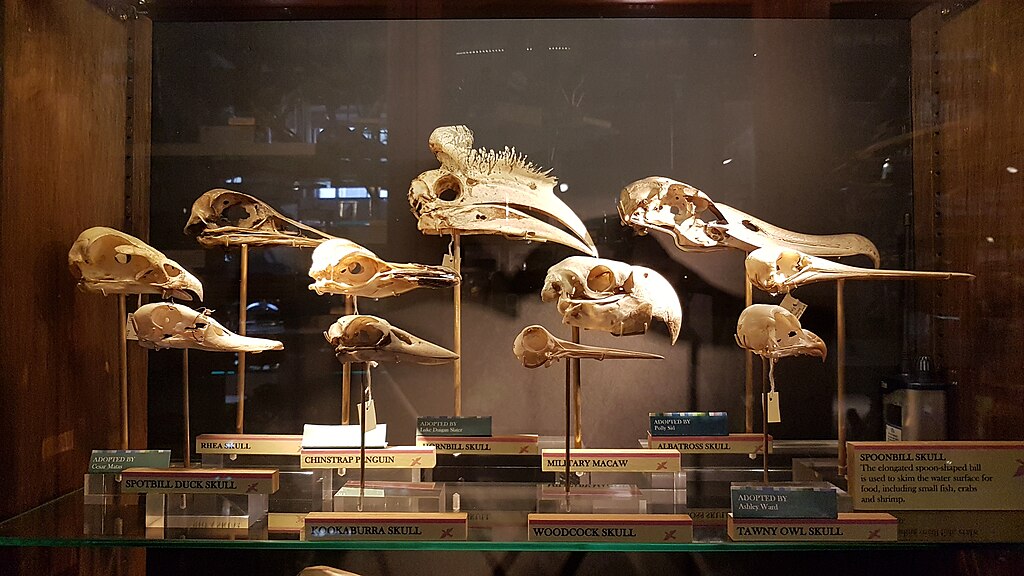The fossil record represents humanity’s most tangible connection to Earth’s ancient past. These petrified remains serve as irreplaceable scientific treasures that help researchers piece together the evolutionary puzzle of life on our planet. However, a shadowy industry threatens this precious scientific heritage—fossil smuggling. This illicit trade removes critical specimens from their scientific context, transports them across international borders against regulations, and places them in private collections where they become inaccessible to researchers. The consequences extend far beyond mere legality, creating lasting setbacks for paleontology and our collective understanding of Earth’s history. As demand for these prehistoric relics continues to grow among wealthy collectors, the scientific community faces mounting challenges in their efforts to study and preserve our planet’s evolutionary narrative.
The Growing Black Market for Prehistoric Treasures
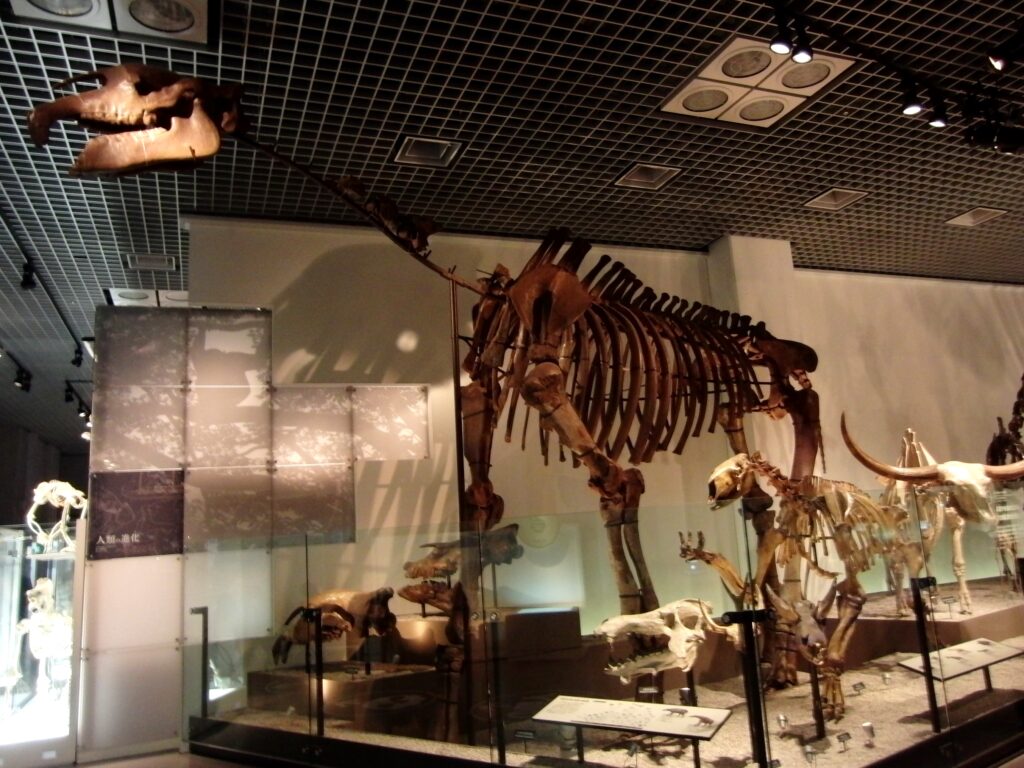
The illegal fossil trade has expanded dramatically in recent decades, evolving into a sophisticated global network estimated to be worth hundreds of millions of dollars annually. High-profile auctions of specimens like “Stan” the T. rex, which sold for $31.8 million in 2020, have only intensified market demand. Unlike legitimate fossil commerce, black market operations typically involve specimens excavated without permits, smuggled across borders with falsified documentation, and sold through shadowy channels that deliberately obscure provenance information. The most coveted items include dinosaur skeletons, rare mammal fossils, and amber specimens containing preserved prehistoric insects. This underground economy spans multiple continents, with key smuggling routes running from fossil-rich regions in Mongolia, China, Morocco, and Brazil to wealthy markets in the United States, Europe, and Japan. Sophisticated criminal networks, sometimes overlapping with those trafficking wildlife and antiquities, facilitate this movement of prehistoric contraband.
Scientific Context: Why Location Matters

When fossils are illegally excavated, crucial contextual information is forever lost, creating an irreparable scientific void. Professional paleontologists meticulously document the precise location, geological layer, and surrounding material of each discovery—all critical data points that help establish accurate dating and ecological relationships. This contextual information reveals how species interacted with their environments and each other, providing insights into ancient ecosystems that isolated specimens cannot offer. The stratigraphic position—the specific rock layer containing a fossil—serves as a geological timestamp that helps scientists reconstruct evolutionary timelines with precision. When smugglers hastily extract specimens, they destroy this contextual evidence, essentially tearing pages from Earth’s biographical record. Even if recovered later, illegally excavated fossils become scientific orphans, divorced from the very context that would make them most valuable to research, rendering them significantly less useful for advancing our understanding of prehistoric life.
Legal Frameworks and International Regulations
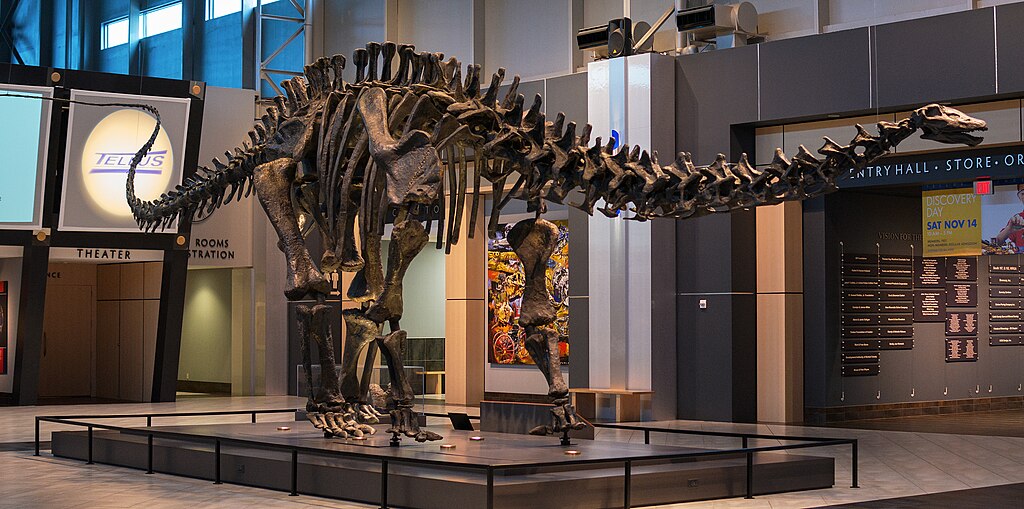
Countries around the world have established varying legal protections for paleontological resources, creating a complex patchwork of regulations that smugglers exploit. The United States implemented the Paleontological Resources Preservation Act in 2009, which explicitly prohibits the unauthorized collection of vertebrate fossils from federal lands. Mongolia maintains some of the strictest fossil protection laws globally, declaring all dinosaur fossils national property that cannot be exported under any circumstances. China, Argentina, and Brazil have similarly rigorous restrictions. International frameworks like the UNESCO Convention on Cultural Property and CITES (Convention on International Trade in Endangered Species) offer additional protections for certain fossils, particularly those with cultural significance or from recently extinct species. However, enforcement remains problematic due to limited resources, inadequate training of customs officials in fossil identification, and the ease with which specimens can be mislabeled as ordinary rocks or minerals. This regulatory inconsistency between nations creates convenient loopholes that savvy smugglers readily exploit.
High-Profile Smuggling Cases That Shocked Scientists

Several notorious fossil smuggling cases have highlighted the extent of this illicit trade and its impact on paleontology. The saga of the Tarbosaurus bataar skeleton (a close relative of T. rex) illegally exported from Mongolia made headlines in 2012 when it appeared for auction in New York. After a lengthy legal battle, the 70-million-year-old specimen was returned to Mongolia, resulting in a 3-month prison sentence for the commercial fossil dealer involved. In another high-profile case, a nearly complete Microraptor fossil from China was smuggled out disguised as a modern bird sample, only to be discovered years later in a European private collection. Brazilian authorities uncovered a massive smuggling operation in 2013 that had illegally exported thousands of fish fossils from the Araripe Basin, many of which were irreplaceable specimens from the Cretaceous period. These cases exemplify how even well-known museums and auction houses have sometimes unwittingly participated in the trade of smuggled fossils, highlighting the sophisticated methods used by traffickers to legitimize their contraband.
Hotspots: Regions Most Vulnerable to Fossil Theft

Certain regions have become particularly susceptible to fossil poaching due to their geological richness combined with economic vulnerabilities and enforcement challenges. The Gobi Desert spanning Mongolia and China has suffered extensive looting of dinosaur fossils, with local residents sometimes recruited by international smuggling networks to locate and excavate specimens. Morocco’s phosphate deposits, rich in marine fossils from the Cretaceous and Paleogene periods, face systematic exploitation, with thousands of fossils illegally exported annually to supply global markets. The Araripe Basin in northeastern Brazil, renowned for its exquisitely preserved fish and pterosaur fossils, continues to lose irreplaceable specimens to smugglers despite increased government protection efforts. In the western United States, remote areas of public lands in Wyoming, Montana, and Utah experience ongoing theft of dinosaur and mammal fossils, with smugglers taking advantage of the vast territory’s limited surveillance. The paleontological treasures of these regions represent irreplaceable scientific resources that, once removed from their context and country of origin, may never contribute meaningfully to our understanding of prehistoric life.
The Technological Battle: How Smugglers Evade Detection

Fossil smugglers employ increasingly sophisticated methods to circumvent detection at borders and during transportation. A common technique involves intentionally breaking larger specimens into smaller fragments to facilitate concealment in luggage or shipping containers, with reassembly occurring only after successful smuggling. Some traffickers utilize chemical treatments to temporarily alter the appearance of fossils, making them resemble ordinary rocks or commercial stone products during inspection. Falsified documentation presents another significant challenge, with smugglers creating elaborate paper trails claiming specimens originated from countries with more permissive export laws than their true source. Advanced smuggling operations have been known to establish legitimate-appearing fossil preparation laboratories as fronts for cleaning and preparing illegally acquired specimens before they enter the market. Digital technologies further complicate enforcement, with transactions increasingly conducted through encrypted messaging apps and payments made in cryptocurrencies that leave minimal traceable evidence. Law enforcement agencies struggle to keep pace with these evolving techniques, particularly given the specialized knowledge required to distinguish legitimate fossils from smuggled specimens.
The Private Collector’s Dilemma: Ethics vs. Ownership

The ethical implications of private fossil ownership have become increasingly controversial within both scientific and collecting communities. While many private collectors maintain high ethical standards, purchasing only legally sourced specimens and even collaborating with researchers to advance scientific knowledge, others prioritize acquisition over provenance concerns. The fundamental tension centers on whether certain fossils should be considered scientific resources belonging to humanity’s collective heritage or commodities available for private ownership. Responsible collectors document the origin and legal status of their specimens, maintain appropriate preservation conditions, and often make their collections accessible to scientists for study. However, the high prices commanded by exceptional fossils create powerful incentives that fuel the illegal market, with some collectors willing to overlook questionable provenance to acquire particularly desirable specimens. The scientific community generally advocates for significant fossils to remain in public institutions where they can be studied, preserved according to best practices, and made accessible to researchers worldwide. This fundamental disagreement about whether fossils represent primarily scientific resources or collectible objects continues to complicate efforts to combat illegal trade.
Scientific Consequences: Missing Links in Evolution
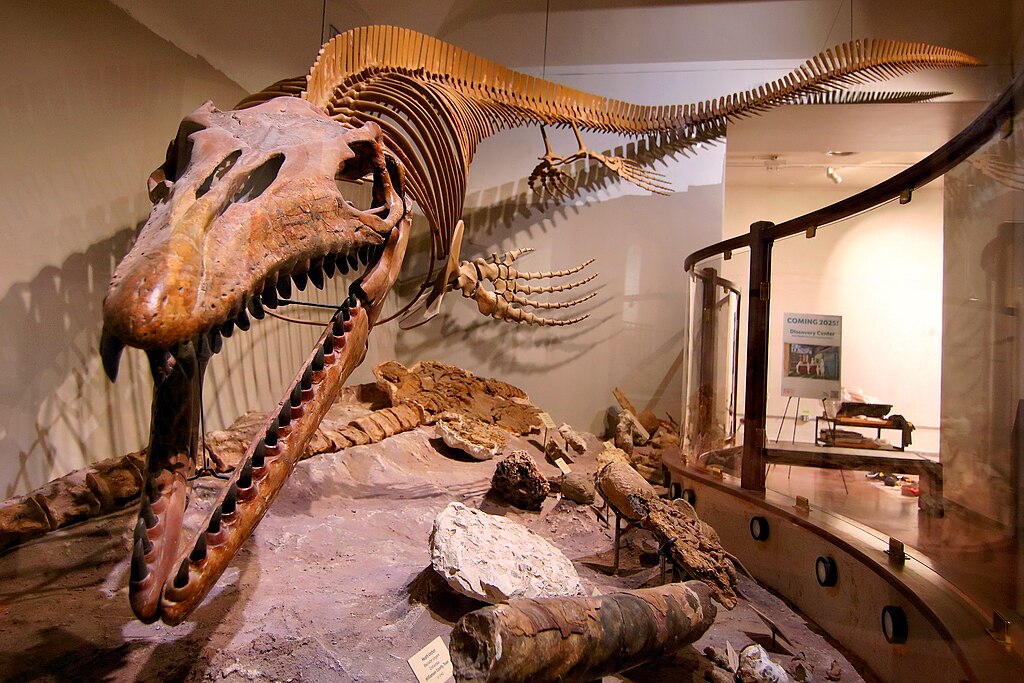
The smuggling of fossils creates profound and lasting consequences for scientific research, potentially derailing our understanding of evolutionary processes. When key specimens disappear into private collections, they create gaps in the fossil record that hinder researchers’ ability to trace evolutionary lineages accurately. These “missing links” might represent crucial transitional forms that would otherwise illuminate how species adapted to changing environments or developed novel physical traits. The absence of these specimens from scientific study can delay or even prevent significant discoveries about evolutionary mechanisms and relationships between species. Particularly damaging is the loss of holotype specimens—the specific fossils designated as the reference examples of newly identified species—which serve as essential comparative material for all future research on those organisms. When smuggled fossils represent previously unknown species, science may remain completely unaware of their existence, creating blind spots in our understanding of prehistoric biodiversity. Even when illegally obtained specimens eventually return to scientific institutions, the contextual information destroyed during hasty excavation cannot be recovered, permanently limiting their research value.
Market Forces: The Economics Driving Fossil Smuggling

The illicit fossil trade operates on a classic supply-and-demand economic model that generates powerful financial incentives throughout the smuggling chain. At the source, extreme economic disparities create situations where local residents in fossil-rich but economically disadvantaged regions can earn more from a single significant find than from months or years of legitimate work. Middlemen who facilitate cross-border movement and connect suppliers with buyers typically extract substantial profits while assuming relatively limited risk compared to those directly involved in illegal excavation. For commercial dealers, the financial upside can be extraordinary—a fossil purchased for thousands of dollars from smugglers might sell for hundreds of thousands or even millions on the legitimate market once properly prepared and provided with fabricated provenance documentation. Auction houses and high-end fossil retailers, while often unaware of specimens’ illegal origins, contribute to the problem by driving up prices through competitive bidding processes and glamorous marketing. The emergence of ultra-wealthy collectors in developing economies has intensified demand, creating new markets willing to pay premium prices for impressive specimens regardless of their legal status. This economic reality makes disrupting the trade extraordinarily difficult without addressing the underlying market dynamics.
The Digital Marketplace: Online Platforms Facilitating Illegal Trade

The internet has revolutionized the fossil black market, transforming what was once a niche, connection-based trade into a globally accessible marketplace operating in plain sight. Major e-commerce platforms unwittingly host listings for illegally obtained fossils, often disguised with vague descriptions or deliberately obscured provenance information. Social media groups dedicated to fossil collecting provide spaces where unscrupulous dealers can connect directly with potential buyers, circumventing traditional regulatory oversight and established verification channels. Specialized websites operating from countries with minimal enforcement of cultural heritage laws openly advertise specimens that would be clearly illegal in their countries of origin. The cryptocurrency revolution has further complicated tracking and enforcement, with transactions increasingly conducted in Bitcoin or other digital currencies that provide anonymity to both buyers and sellers. Digital photography enables dealers to market specimens globally without physically moving them until a sale is confirmed, reducing the risk of interception during speculative transportation. Law enforcement agencies face significant challenges in monitoring these digital marketplaces, as the volume of listings across platforms is overwhelming and the technical expertise required to identify potentially illegal specimens is highly specialized.
Community Solutions: Indigenous Groups Fighting Back

Indigenous communities in fossil-rich regions have begun implementing innovative approaches to combat fossil smuggling while developing sustainable alternatives for local economic development. In Mongolia’s Gobi Desert, community-based monitoring programs train local herders to recognize signs of illegal excavation and report suspicious activities to authorities, creating a human surveillance network across vast, otherwise unmonitored territories. Several Native American tribes in the western United States have established their own paleontological resource management programs, combining traditional knowledge with scientific training to protect fossil sites on tribal lands while creating legitimate employment opportunities for community members. In Morocco’s Atlas Mountains, community cooperatives now legally excavate and prepare fossils under scientific supervision, selling certified authentic specimens through legitimate channels with proceeds benefiting local development. The Araripe Geopark in Brazil incorporates local communities into conservation efforts, training residents as guides and site stewards while developing educational tourism that generates sustainable income. These community-based approaches recognize that long-term protection of paleontological resources requires addressing the economic pressures that make illegal excavation attractive while empowering local populations as the primary guardians of their natural heritage.
Technological Solutions: Using Science to Fight Smuggling

Emerging technologies offer promising new tools in the battle against fossil smuggling, potentially revolutionizing how specimens are tracked and authenticated. Researchers have developed specialized chemical markers that can be applied to legally excavated fossils, creating invisible but detectable signatures that prove legitimate origin during subsequent inspections or transactions. Advanced imaging techniques like micro-CT scanning generate detailed internal profiles of significant specimens that can be used to identify specific fossils even if they’re later altered in appearance or broken into fragments. DNA barcoding and protein sequencing of organic material preserved in some fossils provide additional verification methods that can authenticate specimens and help determine their true geographic origin. Blockchain technology presents opportunities for creating immutable digital records of fossil provenance that follow specimens throughout their journey from excavation to final placement, making it significantly more difficult to introduce illegally obtained materials into legitimate markets. Machine learning algorithms trained on thousands of fossil images show promise for automated scanning of online marketplaces to flag potentially illegal listings for human review. Remote sensing technologies, including satellite monitoring and drone surveillance of known fossil beds, enable authorities to detect unauthorized excavation activities in real-time, particularly in remote areas vulnerable to poaching.
The Future of Fossil Protection
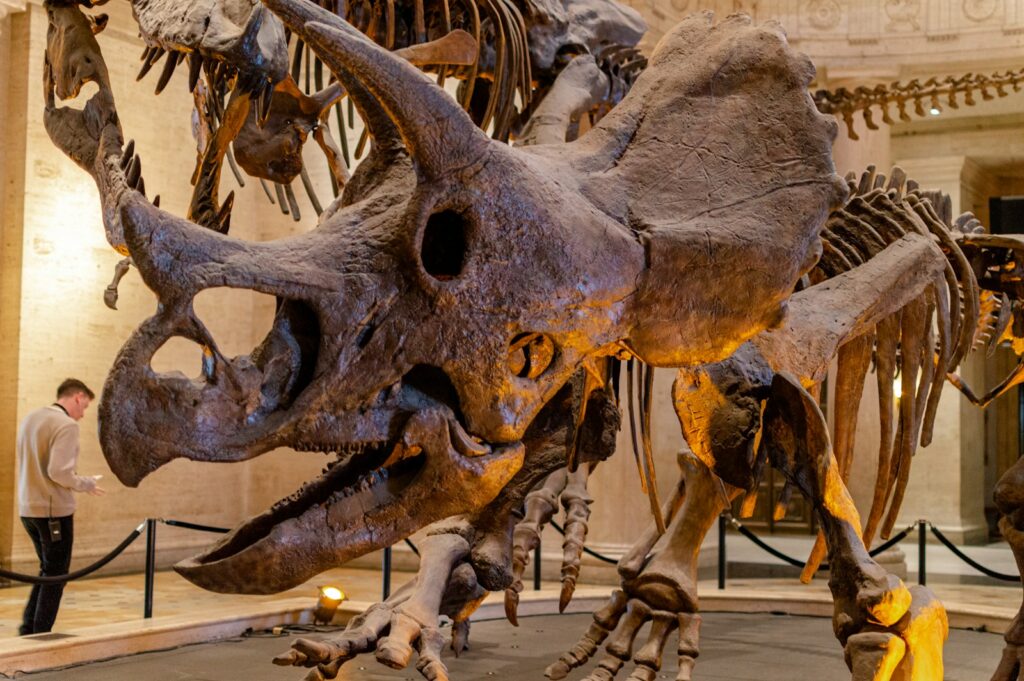
Effective long-term solutions to fossil smuggling will require coordinated international approaches that address both supply and demand aspects of the illicit trade. Harmonizing paleontological resource laws across countries would close regulatory loopholes currently exploited by smugglers who route specimens through nations with weaker protections. Increased investment in training customs officials to recognize potentially valuable or protected fossils could significantly improve interdiction rates at borders. The scientific community has begun advocating for publication standards that require detailed provenance information for specimens described in research papers, potentially limiting the scientific legitimization of fossils with questionable origins. Educational initiatives targeting collectors and dealers about the scientific harm caused by the illegal trade may gradually shift market norms toward greater ethical awareness. Technological solutions like blockchain certification and chemical marking systems offer promising paths forward if widely adopted across the industry. Community-based conservation programs that provide economic alternatives to illegal excavation have demonstrated success in several regions and could be expanded with appropriate investment. Public awareness campaigns highlighting the scientific and cultural significance of fossils may help reduce demand for privately owned specimens of questionable origin. The future of fossil protection ultimately depends on recognizing these irreplaceable resources not as commodities but as crucial scientific evidence belonging to our shared natural heritage.
Conclusion: Balancing Science, Commerce, and Heritage

The illicit fossil trade represents a complex challenge at the intersection of scientific interests, market economics, and cultural heritage considerations. While commercial fossil dealers and private collectors argue for the democratization of fossil ownership, scientists emphasize the irreversible damage to our collective knowledge when specimens are removed from their context and scientific accessibility. Finding balanced solutions requires acknowledging the legitimate interests of multiple stakeholders while prioritizing the preservation of irreplaceable scientific information. Legal commercial fossil hunting focused on common specimens can coexist with scientific research if properly regulated, potentially satisfying market demand without undermining paleontological studies. The scientific community must continue engaging with ethical private collectors who maintain proper documentation and provide research access, recognizing them as potential allies rather than adversaries. Ultimately, combating fossil smuggling demands a multifaceted approach combining stronger legal frameworks, innovative technological solutions, economic alternatives for source communities, and continued education about the scientific significance of these ancient remains. By working across disciplines and borders, we can better protect these prehistoric treasures that illuminate Earth’s evolutionary history—ensuring they continue to advance scientific knowledge rather than disappearing into the shadows of private collections.

